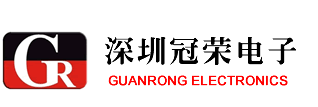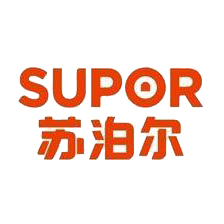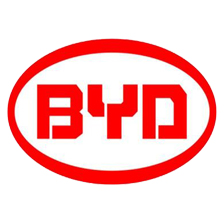Location
Products News
Is the conducting direction of diode the current direction
Is the conducting direction of diode the current direction
The current direction in the forward biased (conducting) diode flows from the positive pole with an arrow to the negative pole with a vertical pole, while the reverse biased (leakage current) diode flows in the opposite direction.
Conductivity characteristics of diode:
One of the most important characteristics of a diode is its unilateral conductivity. In a circuit, current can only flow in from the positive pole of the diode and out from the negative pole. The forward and reverse characteristics of the diode are illustrated by simple experiments.
1. Positive characteristic.
In the electronic circuit, connect the positive pole of the diode to the high potential terminal and the negative pole to the low potential terminal, and the diode will be connected. This connection mode is called positive bias. It must be noted that when the forward voltage applied to both ends of the diode is very small, the diode still cannot be connected, and the forward current flowing through the diode is very weak. Only when the forward voltage reaches a certain value (this value is called "threshold voltage", which is about 0.2V for germanium tube and 0.6V for silicon tube), can the diode conduct directly. After the diode is turned on, the voltage at both ends of the diode remains basically unchanged (about 0.3V for germanium tube and 0.7V for silicon tube), which is called the "forward voltage drop" of the diode.
2. Reverse characteristic.
In the electronic circuit, the positive pole of the diode is connected to the low potential terminal and the negative pole is connected to the high potential terminal. At this time, there is almost no current flowing through the diode, and the diode is in the cut-off state. This connection mode is called reverse bias. When the diode is in reverse bias, there will still be weak reverse current flowing through the diode, which is called leakage current. When the reverse voltage at both ends of the diode increases to a certain value, the reverse current will sharply increase, and the diode will lose its unidirectional conductivity. This state is called diode breakdown.















